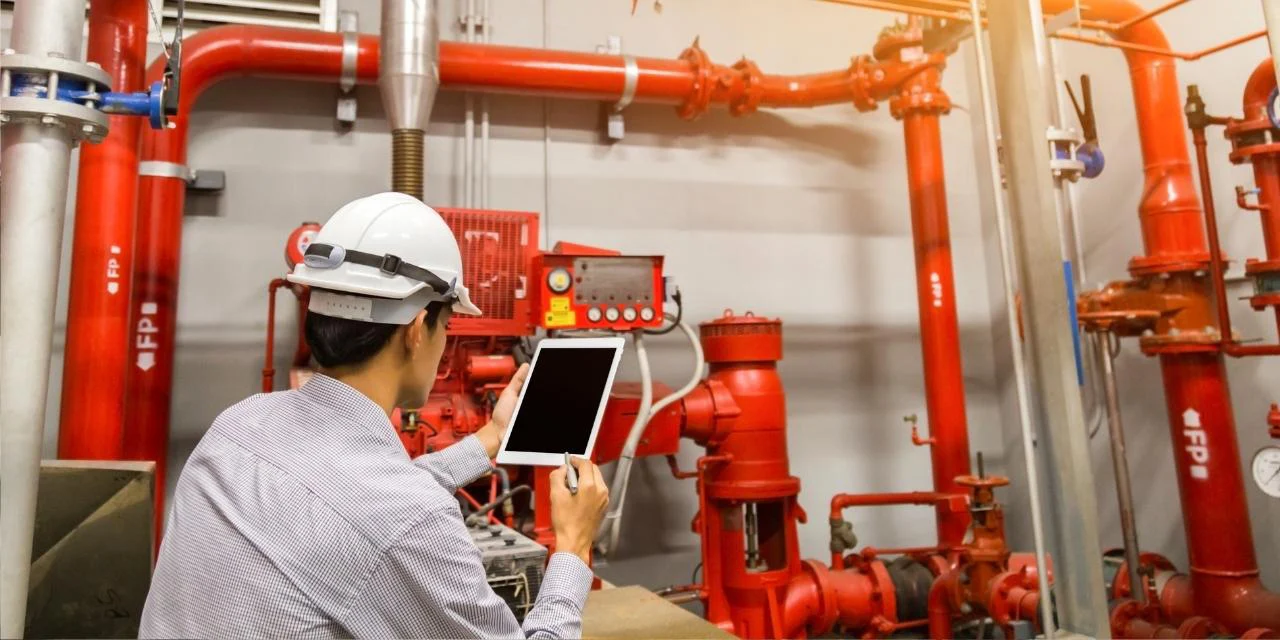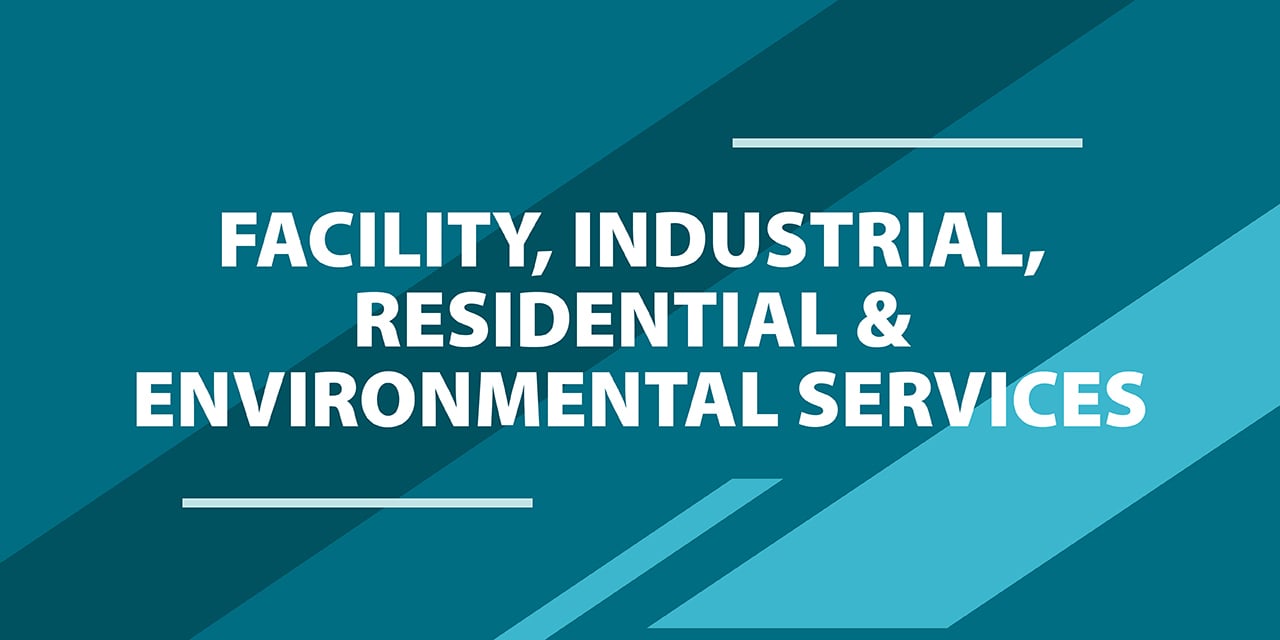
Executive Roundtable – What’s Next for Fire & Life Safety in Europe
Members of Baird’s Global Fire & Life Safety team recently hosted industry leaders and investors at our Fire & Life Safety Sector Dinner in London. The evening included M&A insights led by Baird, market trends presented by Boston Consulting Group (BCG), and emerging sector themes from industry operators and shareholders. Additionally, our team recently surveyed Fire & Life Safety (FLS) executives and investors with the goal of identifying topics that are top-of-mind. In the below, we outline the key takeaways from our event and themes from the survey.
What Attracts Investors to Fire & Life Safety?
Favourable Secular Growth Trends: Recent high-profile failures in fire safety products and services have led to increasing regulation and a strict focus on quality and expertise within purchases of fire safety products and services. Regulations, systems, processes and certification therefore continually increase in scope driving growth in excess of the market over the long term and through-the-cycle. It also enables leading fire safety providers to wield pricing power in the provision of their products and services given the complexity and barriers to entry.
Measurable Outperformance: Investors tend to gravitate toward the following three key indicators of outperformance when considering active and passive fire companies relative to the broader market:
- Revenue Growth: 1–2x higher growth compared to nominal GDP growth (~5%)
- EBITDA Margins: ~10%–15% higher margins compared to generalist peers
- Downside Protection: ~10%–20% higher annual EBITDA growth relative to general market (S&P 500) over the course of the Great Financial Crisis
Consolidation Opportunity to Remain: The FLS market is both large (~€15 billion TAM in Europe, $17 billion in the U.S.) and highly fragmented. While the U.S. is seen as a leader in terms of add-on activity for PE-backed FLS platforms, the number of European PE-backed platforms has nearly doubled since 2018 – showing an increased appetite to consolidate in Europe. However, both regions still have an estimated white space of 75%+ beyond top PE-backed FLS platforms.
The Current State of Consolidation
Current Status of U.S. and European Consolidation: Eighty percent of participants in Baird’s recent survey agreed with the statement, “The competitive landscape is still very fragmented with a lot of potential for consolidation.” While the price of add-ons has increased, the scarcity and scale of leading platforms have also driven up overall valuation. Clear evidence for the industrial logic of tuck-in M&A (scale, expertise, diversity of solutions) means add-ons should remain an attractive means of growth.
Add-On Activity: While we see evidence of consolidation in both markets, the underlying drivers in the U.S. and Europe diverge. Select platforms in the U.S. have capitalised on the opportunity to turbocharge growth through a roll-up of local players to form regional scaled platforms (30+ add-ons year-to-date). The drive to consolidate in Europe is evolving at a relatively slower pace (<10 add-ons year-to-date), with add-on activity focused on more targeted initiatives including new products and geographical coverage to better support existing customers and gain capabilities to service larger, multi-facility clients. Despite their differences, we expect to see a continued stream of add-on activity within the FLS space across both markets as consolidation continues to ramp.
What’s Next for Fire & Life Safety?
Market Outlook: The FLS sector is expected to demonstrate relative resilience despite some exposure to the underlying construction sector. Revenue linked to regulatory compliance for existing building stock and activity shifting to fire safety remediation during times of broader construction weakness are two key factors in driving resilience.
Mastering the M&A Game in FLS: M&A continues to be an attractive way for FLS platforms to scale via additional capabilities and geographic coverage. Platforms that develop pan-European platforms or “one-stop-shop” offerings will command premium valuations.
Managing Complexity and Integration: With M&A an important growth lever, top FLS operators will differentiate themselves in how they manage growing organisational complexity. Systems and processes must be transformed and integrated appropriately before a company can be considered a M&A platform. FLS executives will increasingly turn to technology (i.e., standardisation of operating systems or digitalizing appropriate product offerings) to reduce operational complexity as companies continue to gain scale organically and inorganically.
Linking FLS and ESG: Although “safety” by itself is not mentioned in the 17 UN sustainable development goals (see graphic below), investors are beginning to see a strong connection between the below goals and the FLS sector.
![]()
Baird Global Investment Banking’s Fire and Life Safety coverage is uniquely positioned given our cross-team collaboration between our Technology & Services Facility, Industrial, Residential & Environmental Services (FIRE) and our Industrial Safety & Security and Building & Infrastructure sector groups.
Connect with Our Team to Learn More
Alex Ballantine
+44-20-7667-8242
aballantine@rwbaird.com
Peter Robbins
+1-414-298-5018
probbins@rwbaird.com
Christian Lang
+49-69-1301-4996
clang@rwbaird.com
Max Link
+44-20-7667-8468
mslink@rwbaird.com
Matthaeus Stute
+49-69-1301-4925
mstute@rwbaird.com


